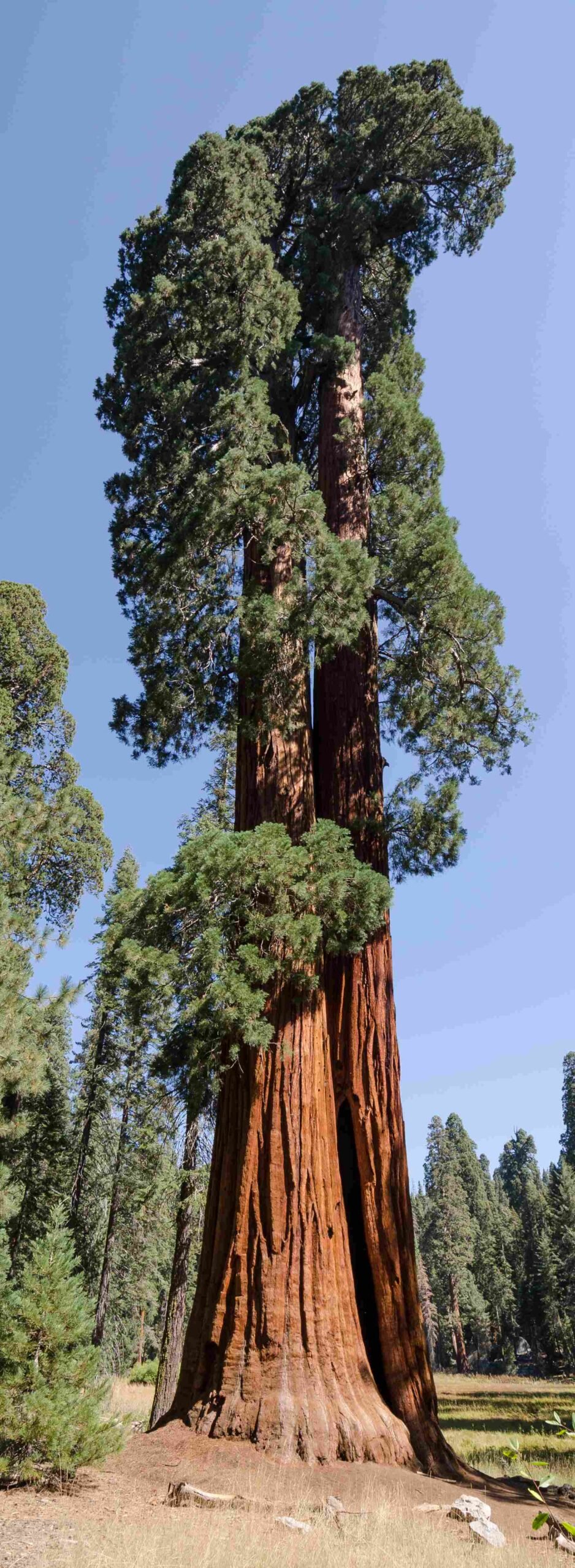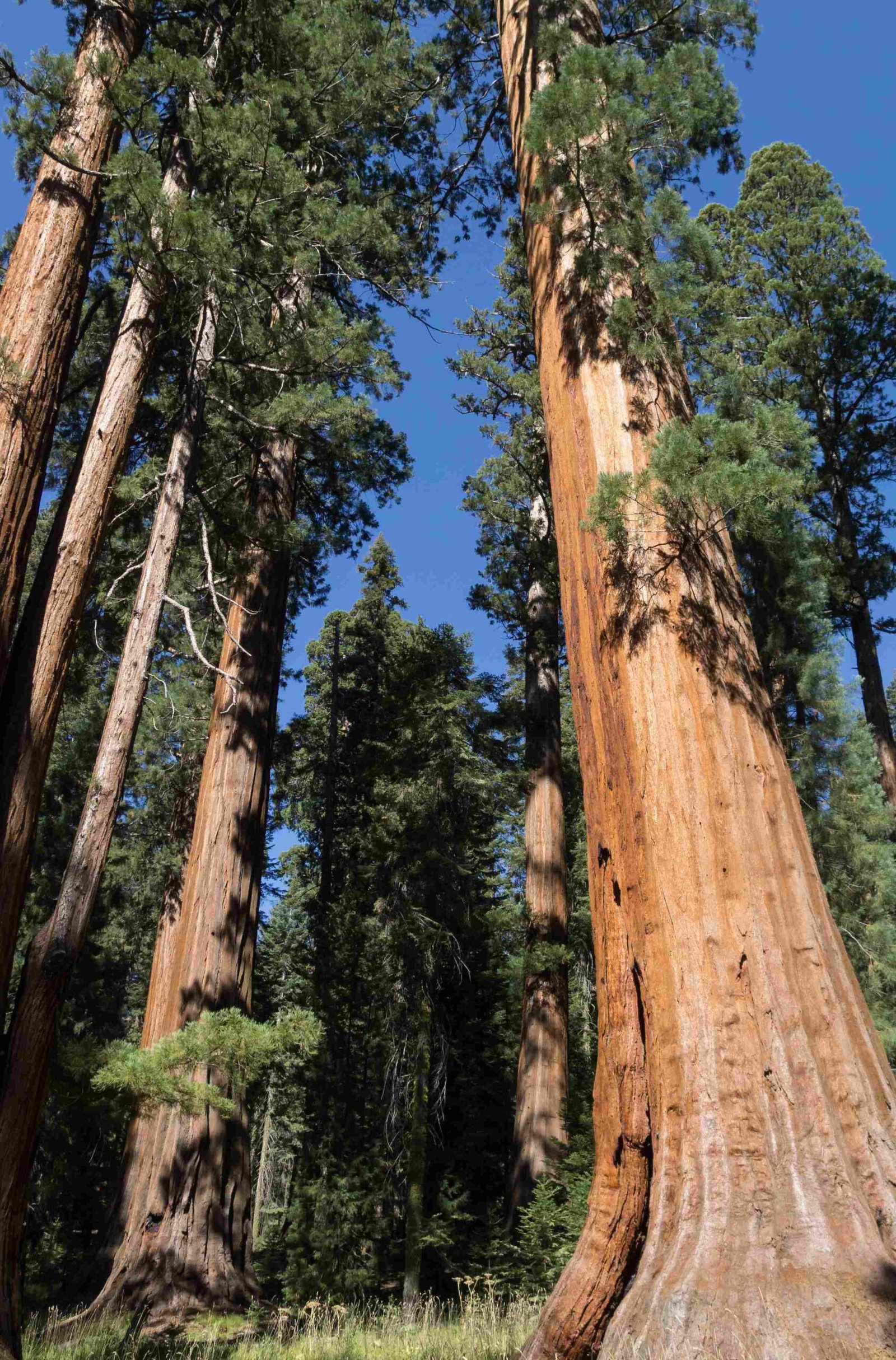Castle Rock Sequoia National Park is a stunning natural wonder located in California’s Sierra Nevada mountains. This park is renowned for its towering sequoia trees, diverse wildlife, and breathtaking landscapes. Visitors can explore numerous hiking trails, witness awe-inspiring rock formations, and immerse themselves in the serene beauty of the forest. The park offers a unique blend of natural history and outdoor recreation, making it a must-visit destination for nature enthusiasts and adventure seekers alike.
What Are the Main Attractions at Castle Rock Sequoia National Park?

Castle Rock Sequoia National Park boasts several key attractions that draw visitors from around the world:
- Giant Sequoia Groves
- Castle Rock Formation
- Scenic Hiking Trails
- Wildlife Viewing Opportunities
- Panoramic Vistas
The park’s namesake, Castle Rock, is a prominent geological feature that offers stunning views and challenging climbing opportunities for experienced mountaineers.
How Can Visitors Access Castle Rock Sequoia National Park?

Accessing Castle Rock Sequoia National Park is relatively straightforward:
- By Car: The park is accessible via Highway 198 from the west or Highway 180 from the north.
- Public Transportation: Limited shuttle services are available during peak seasons.
- Park Entrance: Visitors must pay an entrance fee or present a valid park pass.
It’s important to note that some roads may be closed during winter months due to snow, so checking current conditions before your visit is advisable.
What Hiking Trails Are Available at Castle Rock Sequoia National Park?
Castle Rock Sequoia National Park offers a variety of hiking trails suitable for different skill levels:
| Trail Name | Distance | Difficulty | Key Features |
|---|---|---|---|
| Castle Rock Trail | 1.5 miles | Moderate | Rock formations, panoramic views |
| Congress Trail | 2 miles | Easy | Giant sequoias, including General Sherman Tree |
| Moro Rock Trail | 0.6 miles | Strenuous | 360-degree views of the Great Western Divide |
| Big Trees Trail | 1.2 miles | Easy | Accessible boardwalk, sequoia grove |
| High Sierra Trail | 72 miles | Very Strenuous | Multi-day backpacking, diverse ecosystems |
Each trail offers unique experiences, from easy walks among giant trees to challenging hikes with breathtaking vistas.
What Wildlife Can Be Observed in Castle Rock Sequoia National Park?
The park is home to a diverse array of wildlife, including:
- Black bears
- Mule deer
- Mountain lions (rarely seen)
- Various bird species (woodpeckers, owls, eagles)
- Small mammals (squirrels, marmots, pikas)
Visitors are reminded to observe wildlife from a safe distance and never feed animals to maintain the park’s natural ecosystem.
What Are the Best Photography Spots in Castle Rock Sequoia National Park?
For photography enthusiasts, Castle Rock Sequoia National Park offers numerous picturesque locations:
- Moro Rock: Offers panoramic views of the Great Western Divide
- General Sherman Tree: The world’s largest tree by volume
- Crescent Meadow: Beautiful wildflower displays in spring and summer
- Tunnel Log: A fallen sequoia that cars can drive through
- Castle Rock: Unique rock formations and expansive vistas
Early morning and late afternoon provide the best lighting conditions for photography in the park.
What Camping Options Are Available at Castle Rock Sequoia National Park?
Castle Rock Sequoia National Park provides various camping options:
- Lodgepole Campground: Open year-round, near visitor center
- Dorst Creek Campground: Open summer only, less crowded
- Buckeye Flat Campground: Open spring to fall, tent-only sites
- Backcountry Camping: Permits required for overnight wilderness trips
Reservations are strongly recommended during peak seasons (summer and holidays) to ensure availability.
How Does Castle Rock Sequoia National Park Address Accessibility?
The park strives to accommodate visitors with diverse needs:
- Wheelchair-accessible trails (e.g., Big Trees Trail)
- Accessible campsites at Lodgepole Campground
- Assistive listening devices available at visitor centers
- Audio description services for park films
- Tactile exhibits at some locations
Visitors with specific accessibility requirements are encouraged to contact the park in advance for detailed information and assistance.
What Are the Best Seasons to Visit Castle Rock Sequoia National Park?
Each season offers a unique experience at Castle Rock Sequoia National Park:
- Spring: Wildflower blooms, waterfalls at peak flow
- Summer: Warm weather, all facilities open, busiest season
- Fall: Cooler temperatures, fall colors, fewer crowds
- Winter: Snow-covered landscapes, cross-country skiing opportunities
The park is open year-round, but some facilities and roads may be closed during winter months due to snow.
How Can Visitors Contribute to Conservation Efforts at Castle Rock Sequoia National Park?
Visitors can support conservation efforts in several ways:
- Follow Leave No Trace principles
- Stay on designated trails to prevent erosion
- Properly dispose of waste and recycle when possible
- Participate in volunteer programs offered by the park
- Support the Sequoia Parks Conservancy through donations or merchandise purchases
By practicing responsible tourism, visitors help preserve the park for future generations.
What Educational Programs Are Offered at Castle Rock Sequoia National Park?
The park provides various educational opportunities:
- Ranger-led programs (nature walks, campfire talks)
- Junior Ranger program for children
- Visitor center exhibits on park history and ecology
- Field trips for school groups
- Outdoor education workshops for teachers
These programs aim to enhance visitors’ understanding and appreciation of the park’s natural and cultural resources.
Castle Rock Sequoia National Park offers a wealth of experiences for nature lovers, hikers, and outdoor enthusiasts. From its towering sequoias to its diverse wildlife and stunning vistas, the park provides countless opportunities for exploration and adventure. By planning ahead and respecting the park’s natural environment, visitors can ensure a memorable and responsible experience in this magnificent wilderness.

